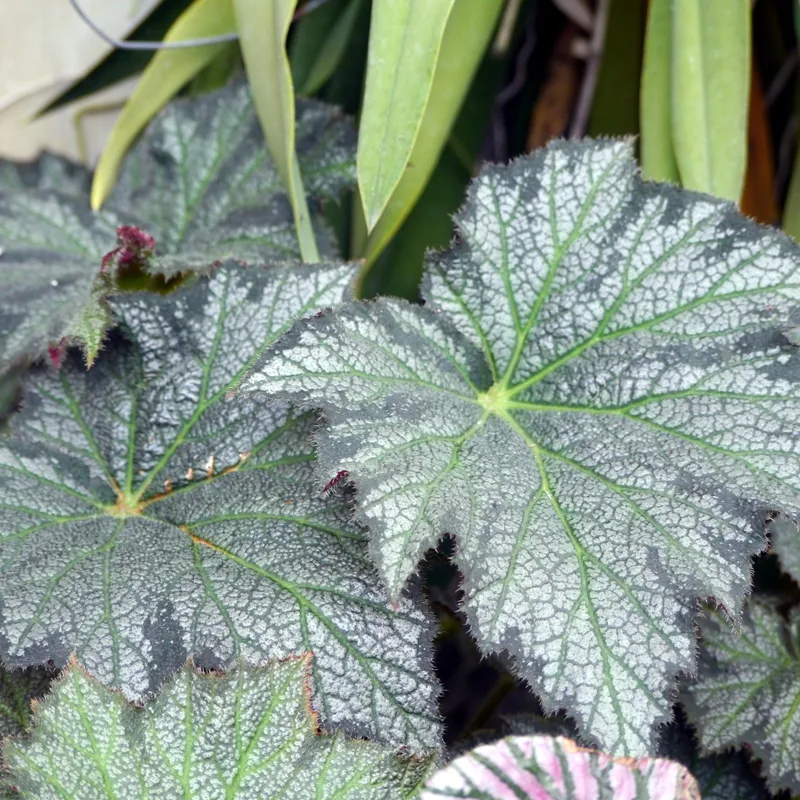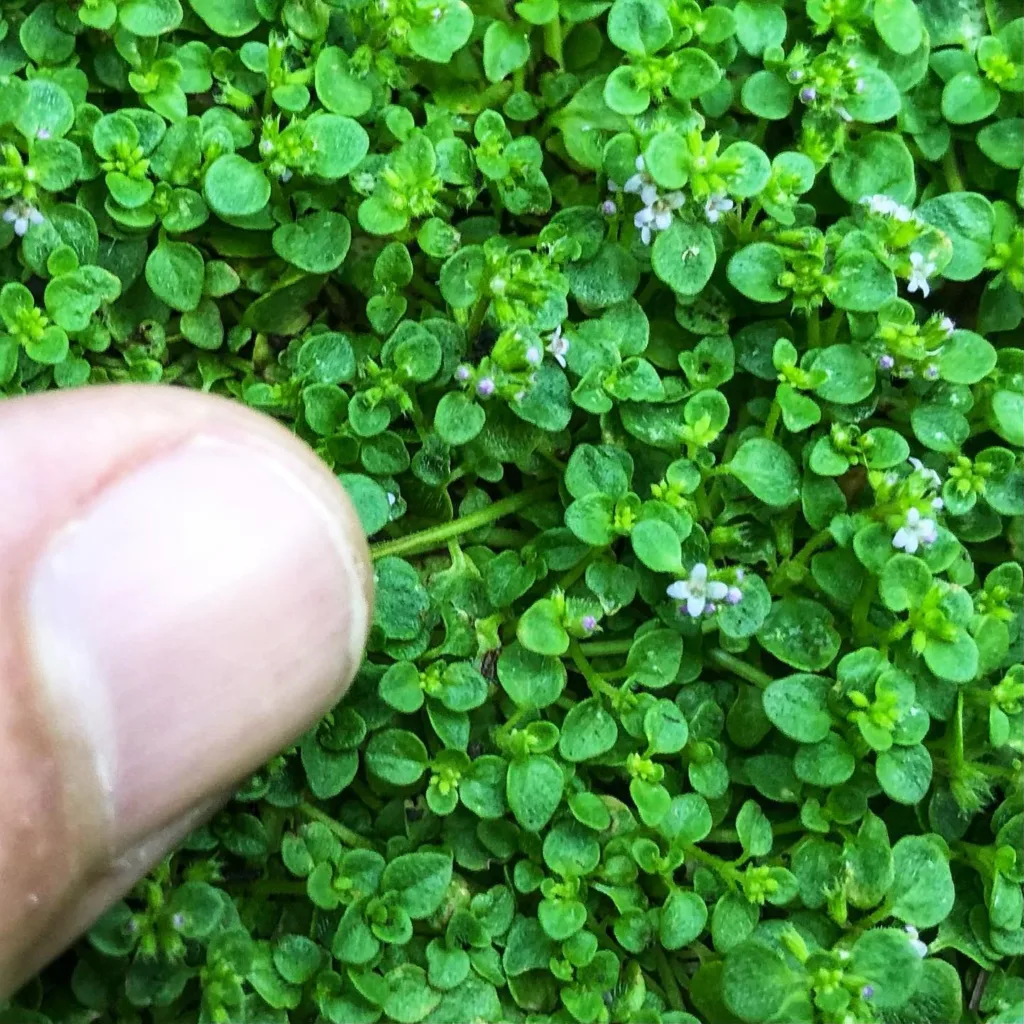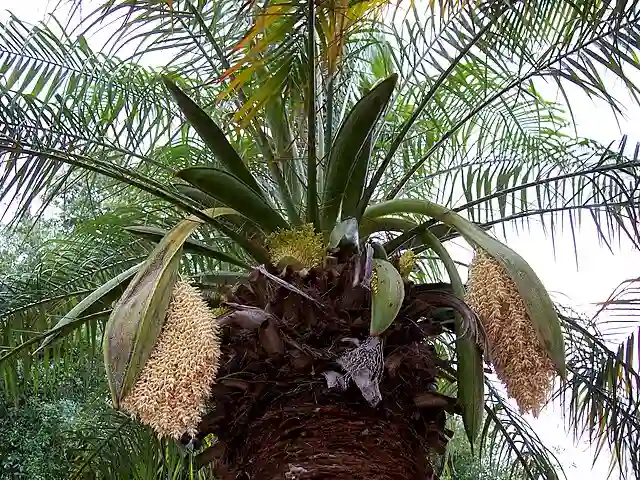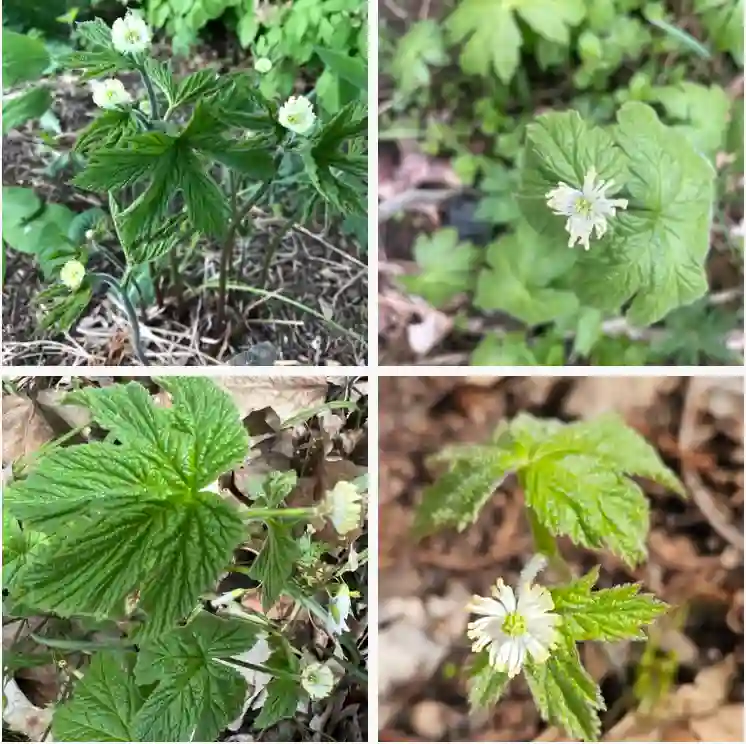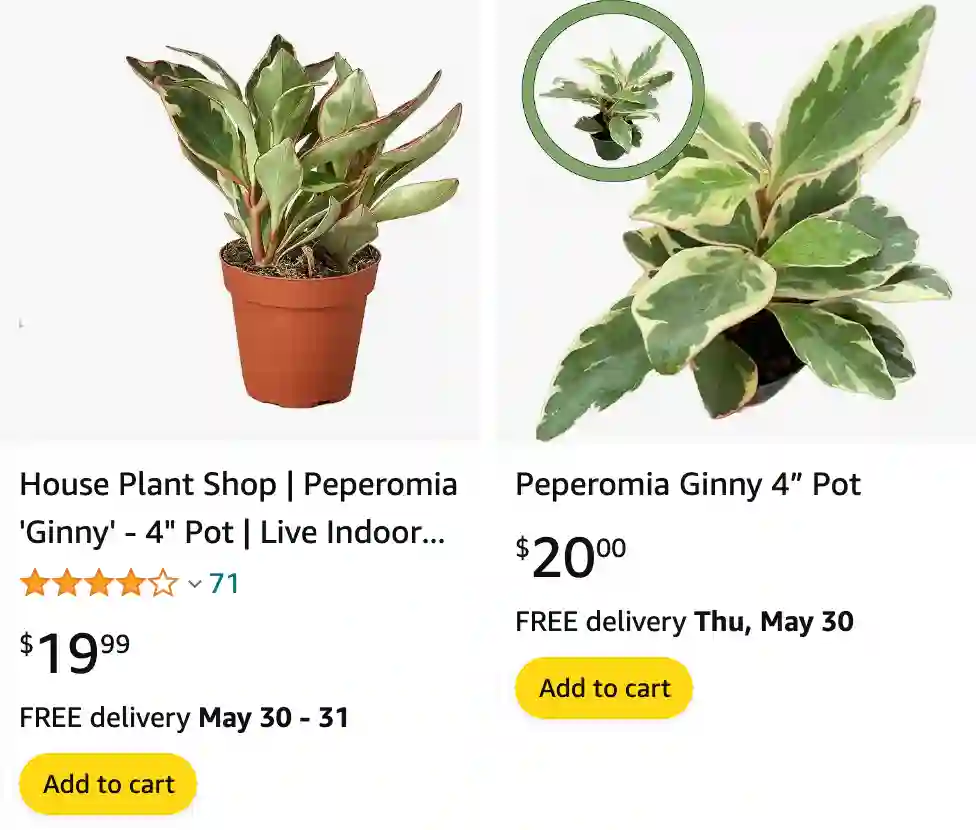
How to care for Peperomia Ginny?
The Peperomia Ginny is a cute and low-maintenance houseplant known for its plump, textured leaves. Here’s a rundown on how to care for it:
1424 Species in Genus Peperomia
Light:
- Peperomia Ginny thrives in bright, indirect sunlight. Avoid harsh direct sun, which can scorch the leaves.
- It can tolerate lower light conditions as well, but growth might be slower.
- If the plant stretches and appears leggy, it might need more light. You can try rotating it regularly for even growth.
Watering:
- The key is to avoid overwatering, which can lead to root rot.
- Water your Peperomia Ginny only when the top inch of soil feels dry to the touch.
- Water thoroughly until excess water drains out of the drainage holes. Discard any water that collects in the saucer.
- Less frequent watering is better than more frequent.
Soil and Potting:
- Use a well-draining potting mix specifically formulated for cacti and succulents.
- A mixture of potting soil, perlite, and orchid bark can also work well.
- Ensure the pot has drainage holes to prevent waterlogging.
Fertilizing:
- You don’t need to fertilize very often. A diluted balanced liquid fertilizer applied once a month during the growing season (spring and summer) is sufficient.
- Skip fertilizing in the fall and winter.
Humidity:
- Peperomia Ginny does well with average household humidity levels.
- If the air is very dry, occasional misting with filtered water can be helpful.
Temperature:
- Ideal temperatures for Peperomia Ginny are between 65-80 degrees Fahrenheit (18-27 degrees Celsius).
- Protect the plant from cold drafts and sudden temperature fluctuations.
Pruning and Maintenance:
- You can occasionally pinch back leggy stems to encourage bushier growth.
- Wipe down the leaves with a damp cloth to remove dust and improve aesthetics.
Repotting:
- Peperomia Ginny doesn’t need repotting frequently. Repot only when the roots outgrow the current pot, typically every 2-3 years. Choose a pot only slightly larger than the root ball.
How to propagate Peperomia Ginny?
Propagating my Peperomia Ginny is pretty straightforward. I usually do it through stem cuttings. I cut a healthy stem with a few leaves attached, let it sit for a day to callous over, and then place it in water or directly into moist soil. When I use water, I make sure to change it regularly to prevent stagnation. Watching the roots grow over a few weeks is always exciting, and once they’re about an inch long, I transplant the cutting into soil.
Does Peperomia Ginny prefer to be root-bound?
I’ve found that Peperomia Ginny doesn’t particularly prefer to be root-bound, but it can tolerate it better than some other plants. When I notice roots peeking out of the drainage holes or the plant’s growth slowing down, I take it as a sign that it might be time to repot. Moving it to a slightly larger pot with fresh soil usually does the trick, giving it more room to grow and flourish.
How often to water Peperomia Ginny?
Watering my Peperomia Ginny is something I’ve had to balance carefully. I typically water it once the top inch of the soil feels dry to the touch. In the growing season, this usually means watering once a week, but during the cooler months, I stretch it to every two weeks or so. Overwatering can be a real issue, so I always make sure to err on the side of dryness rather than risking soggy roots.
Why is my Peperomia Ginny leggy?
When my Peperomia Ginny gets leggy, it’s often a sign that it’s not getting enough light. To fix this, I move it closer to a window where it can get more bright, indirect light. Sometimes, rotating the plant every few weeks helps ensure all sides get enough light, promoting a more even growth. If the legginess is severe, I trim the longer stems to encourage bushier growth from the base.
Why is my Peperomia Ginny not growing?
There could be a few reasons why my Peperomia Ginny isn’t growing. In my experience, insufficient light is a common culprit, so I make sure it’s in a spot with plenty of bright, indirect light. Another issue might be the soil staying too wet or too dry, so I check my watering routine and adjust if necessary. Nutrient deficiency could also be a problem, so I occasionally feed it with a diluted, balanced fertilizer during the growing season to give it a boost.
If i die, water my plants!
